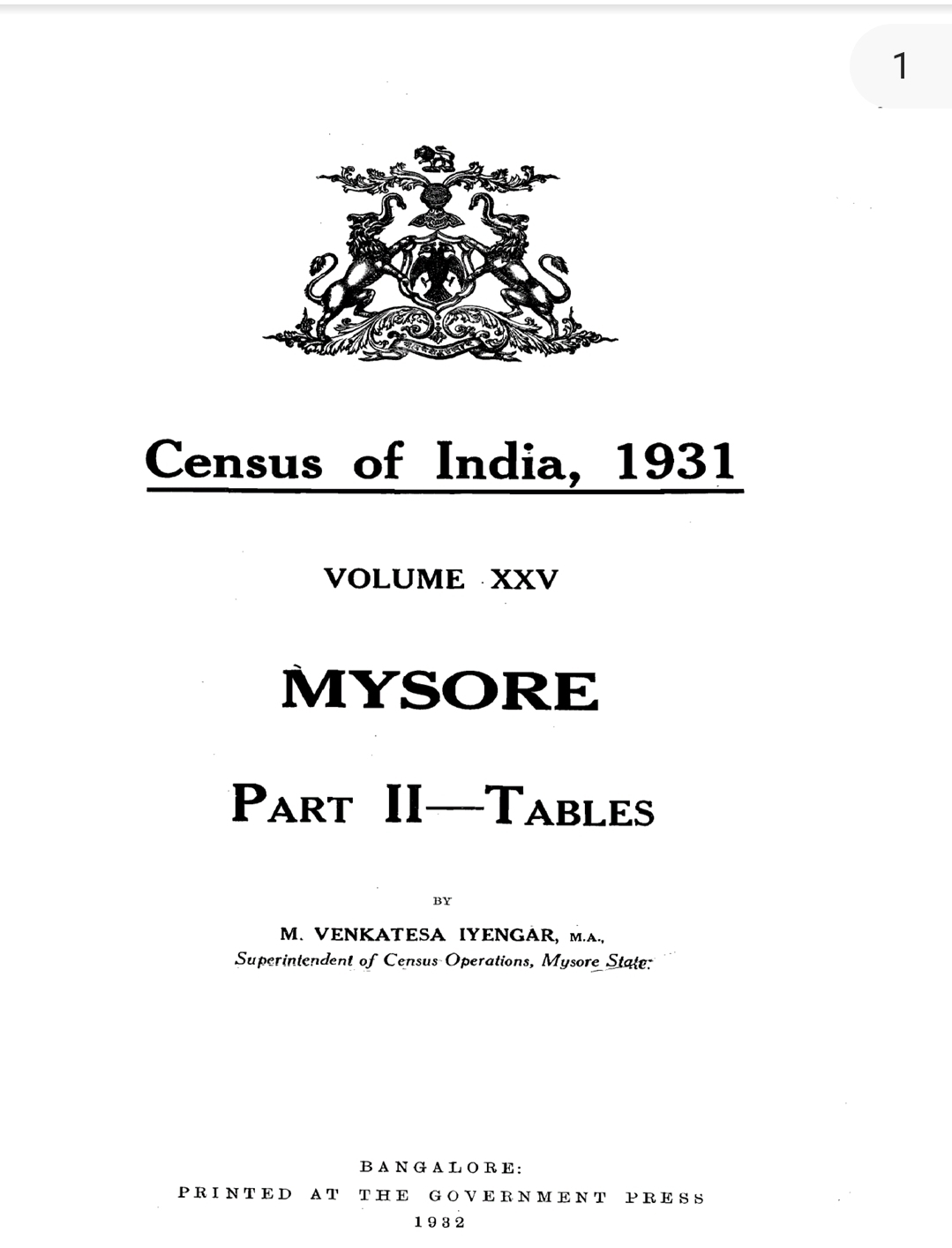Hindu Temples: Freedom Or Control.
The recent incident of the presence of animal fat in Tirupati laddu has caused a debate over whether to remove Hindu temples from government control or to constitute a central board to manage Hindu temples across India has generated significant discussion among devotees, legal experts, and policymakers.
Here's our analysis of each option:
1.Removing Hindu Temples from Government Control.
Advantages:
Removing government control allows temples to be managed by religious scholars, devotees, or trusts who understand the traditions, rituals, and spiritual significance. This would enhance the authenticity and purity of temple management in line with Hindu dharma.
We feel that Hindu temples are unfairly singled out for state control, while other religious institutions (churches, mosques, gurdwaras) enjoy autonomy. Removing government control would ensure equal treatment across religions.
Without government control, temple funds and donations could be directly reinvested in temple maintenance, religious activities, or charitable initiatives that benefit the Hindu community, rather than being diverted to other government projects.
Devotees and local temple authorities can ensure that temple rituals and traditions are maintained without political or bureaucratic interference, preserving the unique cultural heritage of each temple.
Temple management would be more directly accountable to the local community of devotees, rather than a distant government body. This could lead to more transparent and community-driven decision-making.
Potential Drawbacks:
Some temples may lack the expertise or resources to manage large sums of money, leading to the risk of mismanagement, corruption, or internal conflicts among local trusts or management committees.
Government oversight can sometimes provide a level of financial and administrative transparency, which may be lost if temples are entirely removed from government control.
2.Constituting a Central Board by the Government of India.
Advantages:
A national board could standardize the management of Hindu temples across India, ensuringconsistent practices in temple administration, financial transparency, and maintenance. This could particularly benefit smaller temples that lack resources.
A central board could work to protect temples from encroachments or mismanagement, especially in regions where Hindu temples are vulnerable to political or social pressures.
A government-backed board could provide temples with access to financial management, infrastructure development, and legal expertise, particularly for large temples that handle significant donations or heritage sites that require preservation.
A central authority could ensure that revenues from wealthier temples are used to support smaller, lesser-known temples that struggle with funding, ensuring that all temples benefit equally from available resources.
Potential Drawbacks:
Even a central board may not be free from political interference. The risk of appointing politically motivated officials could lead to decisions based on politics rather than religious or cultural priorities.
Temples serve local communities, and a national board may impose generic rules or management practices that overlook the unique cultural, regional, or religious practices of individual temples.
A government board might create a new layer of bureaucracy, leading to inefficiencies, delays in decision-making, and lack of responsiveness to the immediate needs of temples and devotees.
There is a concern that even a central board might continue diverting temple funds to government projects that do not directly benefit Hindu temples or devotees, similar to current practices in some states.
For the devotees of Hindu temples, the
removal of government control will be more advantageous as it promotes religious autonomy, local accountability, and the preservation of temple traditions. It aligns with the principle of equal treatment of religious institutions and prevents government interference in spiritual matters.
On the other hand, creating a central board could provide a uniform management system, ensure the equitable distribution of resources, and provide expertise for temples. However, this might still be prone to political influence and could erode local autonomy and flexibility in managing temples according to specific regional or sectarian traditions.
In our opinion a middle path is the best opportunity to involve empowering local religious and community bodies to manage temples autonomously, but establishing an independent oversight mechanism to ensure financial transparency, protection of temple properties, and accountability without direct government intervention.
This way, Hindu temples will retain their religious integrity while ensuring proper management and protection of their resources.
"Sanatan Dharma believes in the cycle of birth and rebirth, the law of karma, and the ultimate goal of moksha, liberation from the cycle of suffering."





Comments
Post a Comment